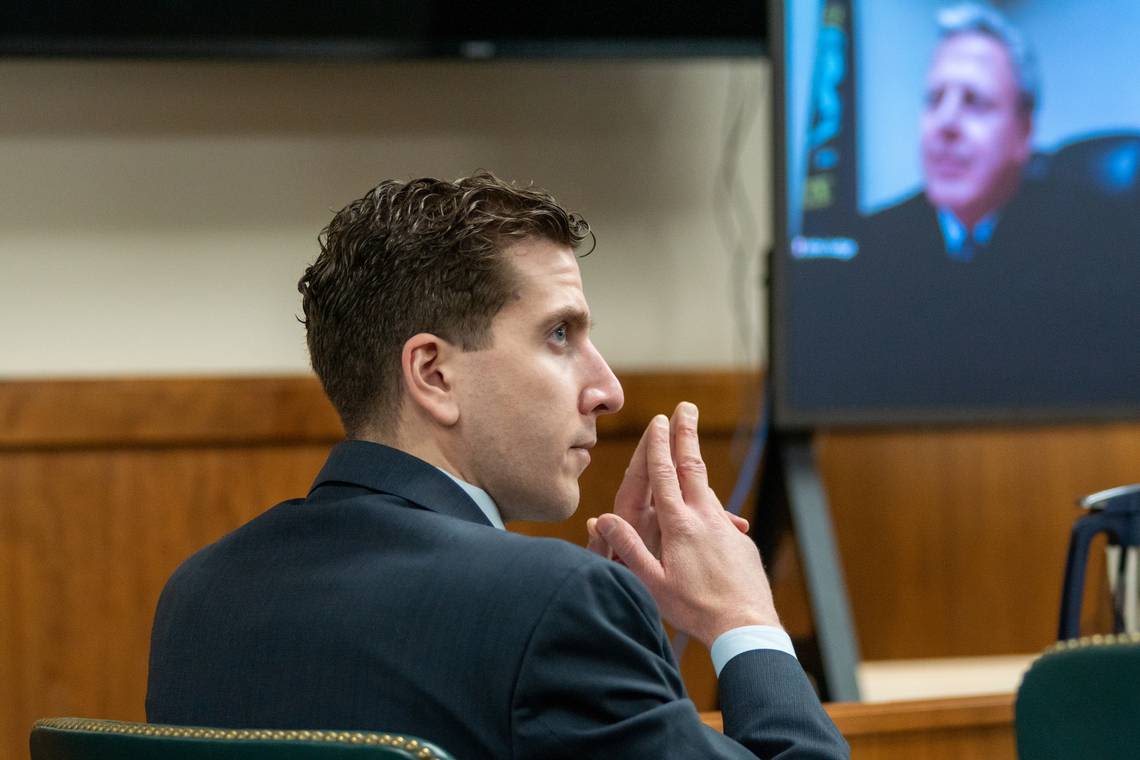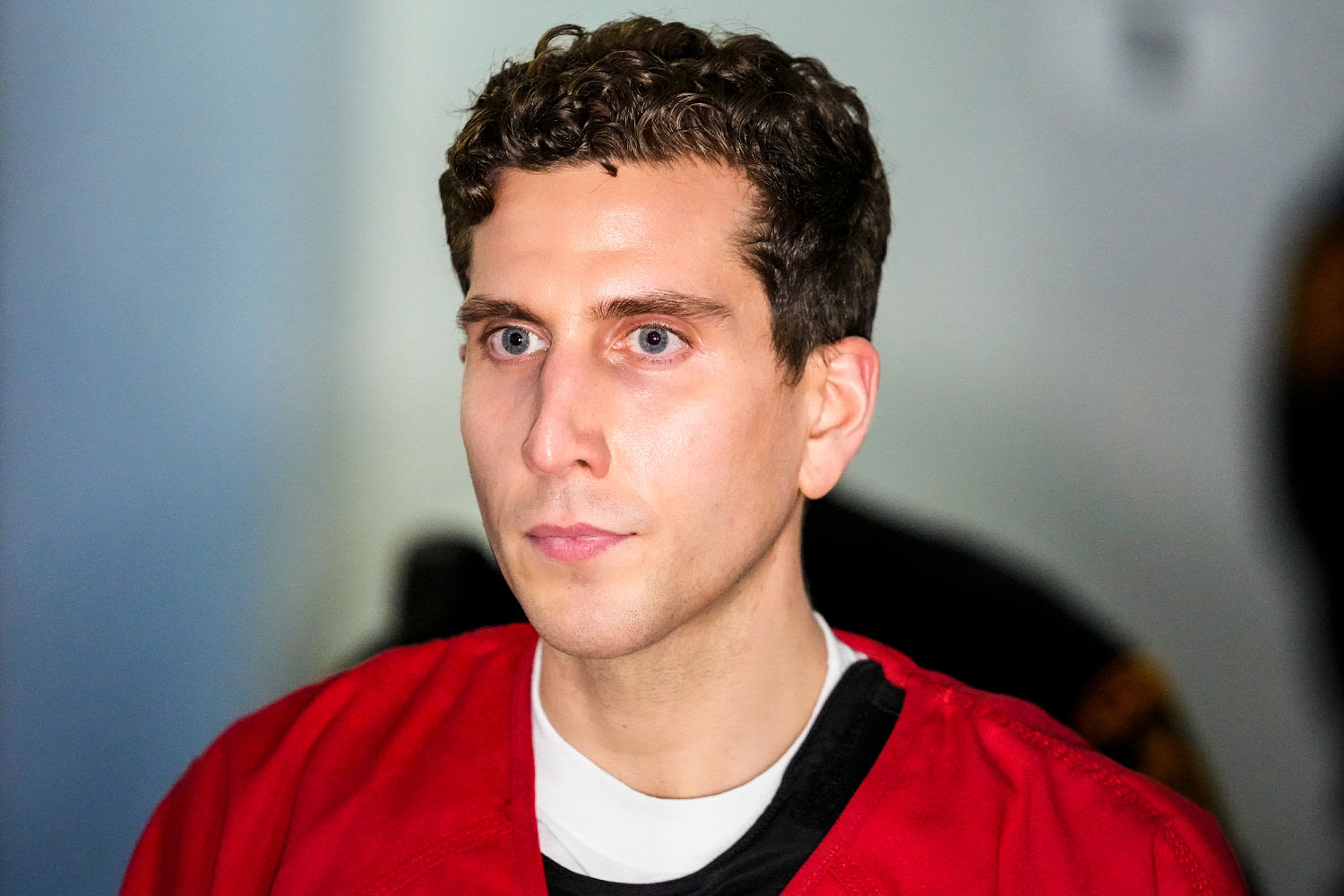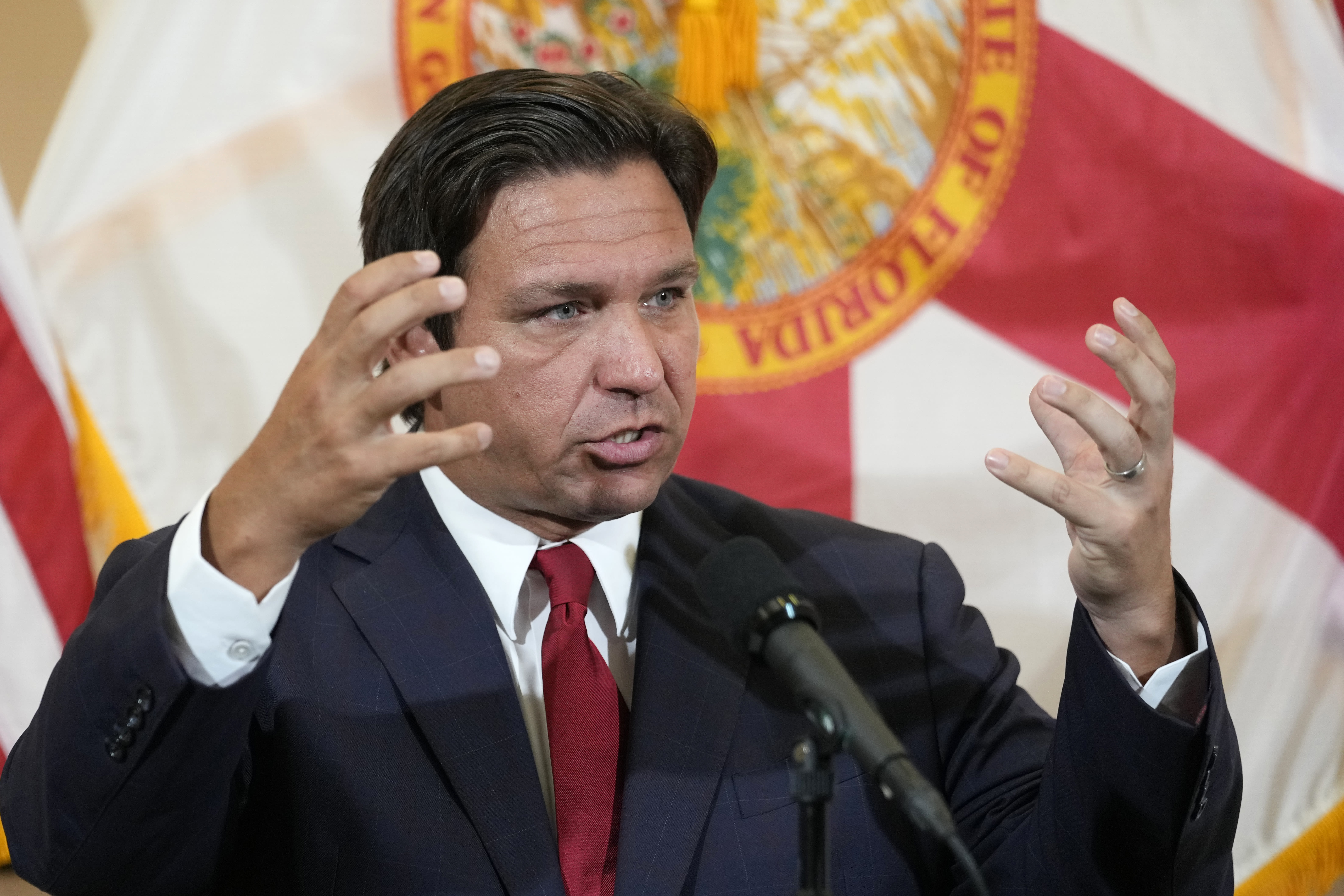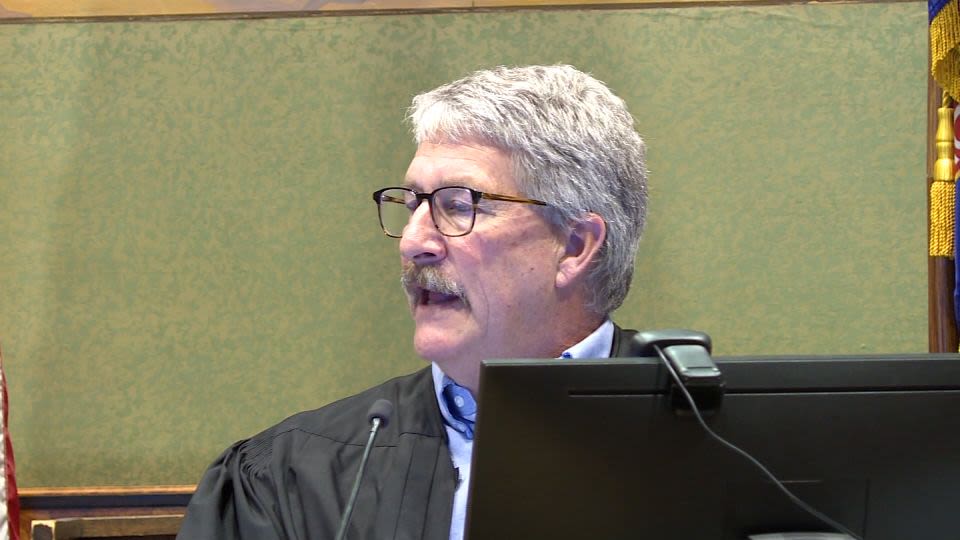Search results
News about Indiana, US Supreme Court, gun law
News about Idaho Supreme Court, Bryan Kohberger, venue change
Also in the news
The Supreme Court of the United States (SCOTUS) is the highest court in the federal judiciary of the United States. It has ultimate appellate jurisdiction over all U.S. federal court cases, and over state court cases that turn on questions of U.S. constitutional or federal law.
Jun 22, 2024 · The US Supreme Court takes its authority from Article III of the US Constitution, which established it as one of the three main organs of the federal government. Congress set up the Supreme Court, as well as the lower federal courts, with the Judiciary Act of 1789.
- Quotes
- Mission
- Influence
- Definition
- Analysis
- Significance
- Scope
\"The republic endures and this is the symbol of its faith.\" - CHIEF JUSTICE CHARLES EVANS HUGHES Cornerstone Address - Supreme Court Building Chief Justice Marshall expressed the challenge which the Supreme Court faces in maintaining free government by noting: \"We must never forget that it is a constitution we are expounding . . . intended to e...
\"EQUAL JUSTICE UNDER LAW\"-These words, written above the main entrance to the Supreme Court Building, express the ultimate responsibility of the Supreme Court of the United States. The Court is the highest tribunal in the Nation for all cases and controversies arising under the Constitution or the laws of the United States. As the final arbiter o...
The Supreme Court is \"distinctly American in concept and function,\" as Chief Justice Charles Evans Hughes observed. Few other courts in the world have the same authority of constitutional interpretation and none have exercised it for as long or with as much influence. A century and a half ago, the French political observer Alexis de Tocqueville n...
The Constitution of the United States is a carefully balanced document. It is designed to provide for a national government sufficiently strong and flexible to meet the needs of the republic, yet sufficiently limited and just to protect the guaranteed rights of citizens; it permits a balance between societys need for order and the individuals right...
Hamilton had written that through the practice of judicial review the Court ensured that the will of the whole people, as expressed in their Constitution, would be supreme over the will of a legislature, whose statutes might express only the temporary will of part of the people. And Madison had written that constitutional interpretation must be lef...
Despite this background the Courts power of judicial review was not confirmed until 1803, when it was invoked by Chief Justice John Marshall in Marbury v. Madison. In this decision, the Chief Justice asserted that the Supreme Court's responsibility to overturn unconstitutional legislation was a necessary consequence of its sworn duty to uphold the ...
The Constitution limits the Court to dealing with \"Cases\" and \"Controversies.\" John Jay, the first Chief Justice, clarified this restraint early in the Courts history by declining to advise President George Washington on the constitutional implications of a proposed foreign policy decision. The Court does not give advisory opinions; rather, its...
Fifty years later, on September 6, 1832, Wager’s granddaughter, Sarah Ann Wager, married future Justice Noah H. Swayne in the home. Swayne, then U.S. Attorney for the District of Ohio, would become President Abraham Lincoln’s first appointment to the Supreme Court of the United States and served from 1862 to 1881.
Prior to hearing oral argument, other business of the Court is transacted. On Monday mornings this includes the release of an Order List, a public report of Court actions including the acceptance and rejection of cases, and the admission of new members to the Supreme Court Bar.
The best-known power of the Supreme Court is judicial review, or the ability of the Court to declare a Legislative or Executive act in violation of the Constitution, is not found within the text of the Constitution itself.
People also ask
Does the Supreme Court have jurisdiction?
How did the US Supreme Court get its authority?
When was the Supreme Court established?
How do Supreme Court decisions work?
The Supreme Court has its own set of rules. According to these rules, four of the nine Justices must vote to accept a case. Five of the nine Justices must vote in order to grant a stay, e.g., a stay of execution in a death penalty case.






